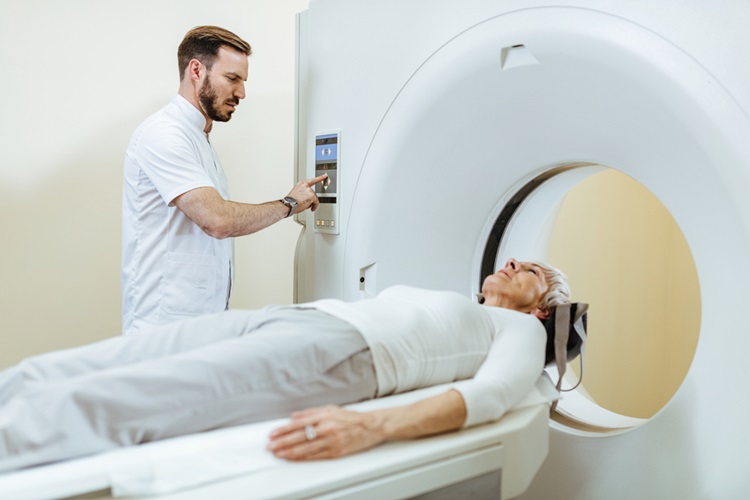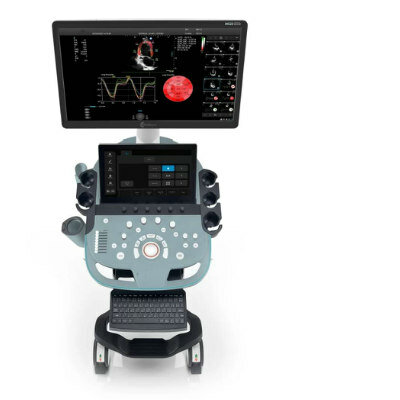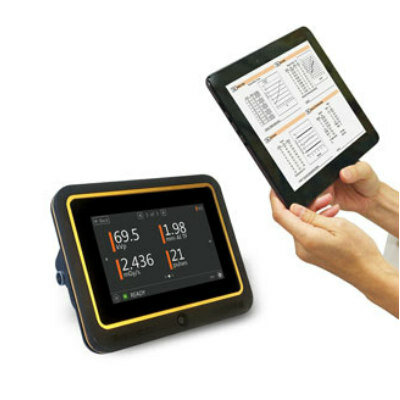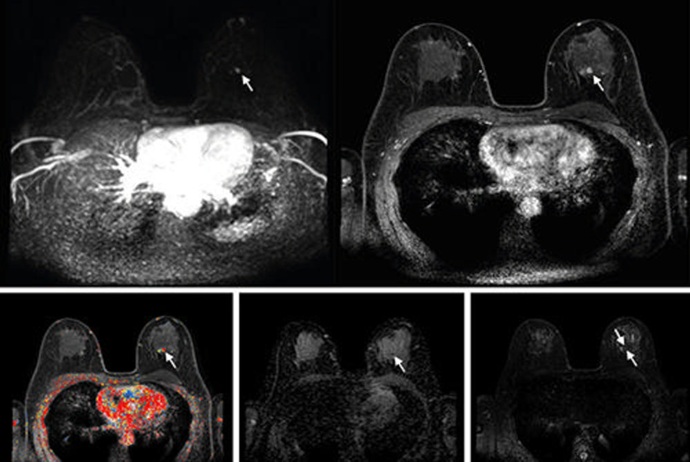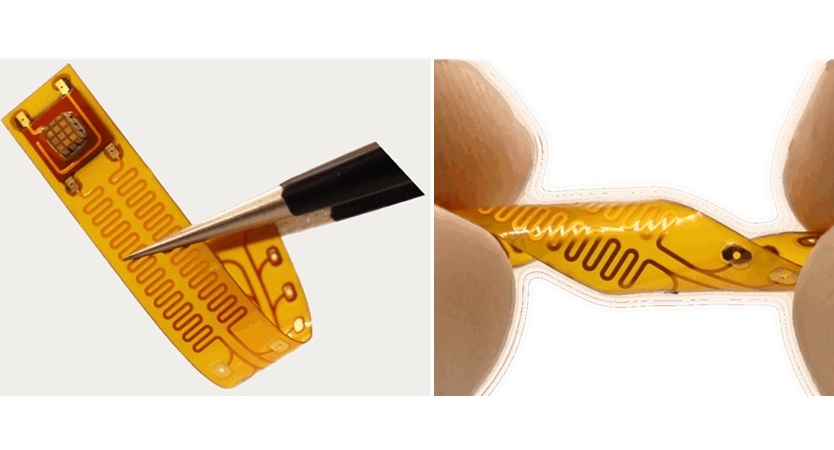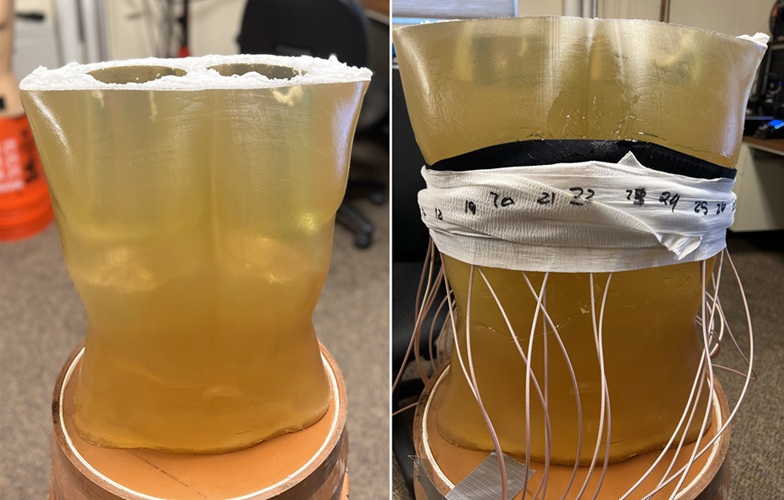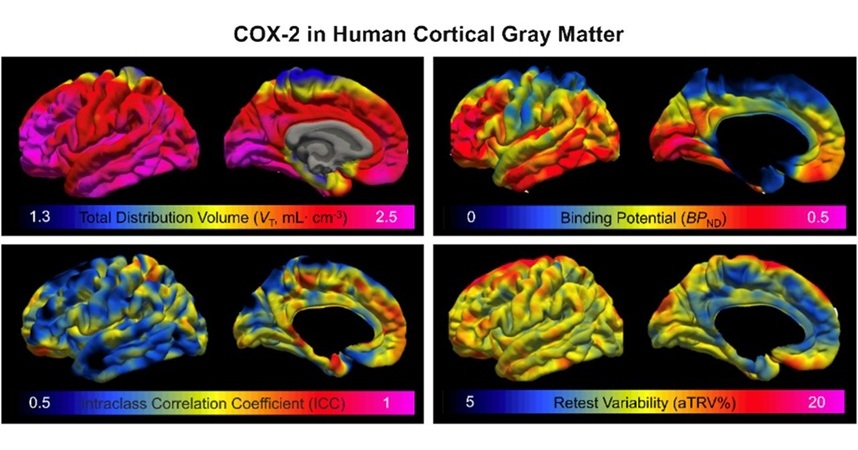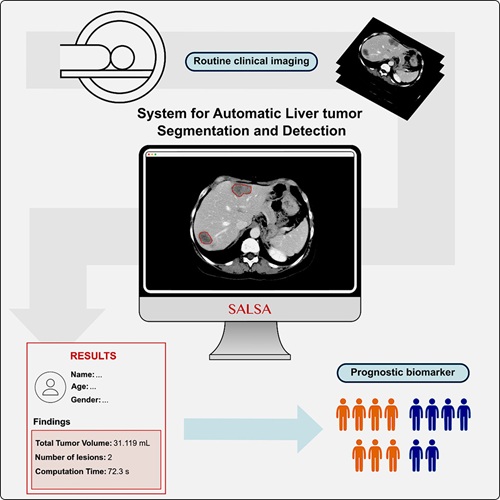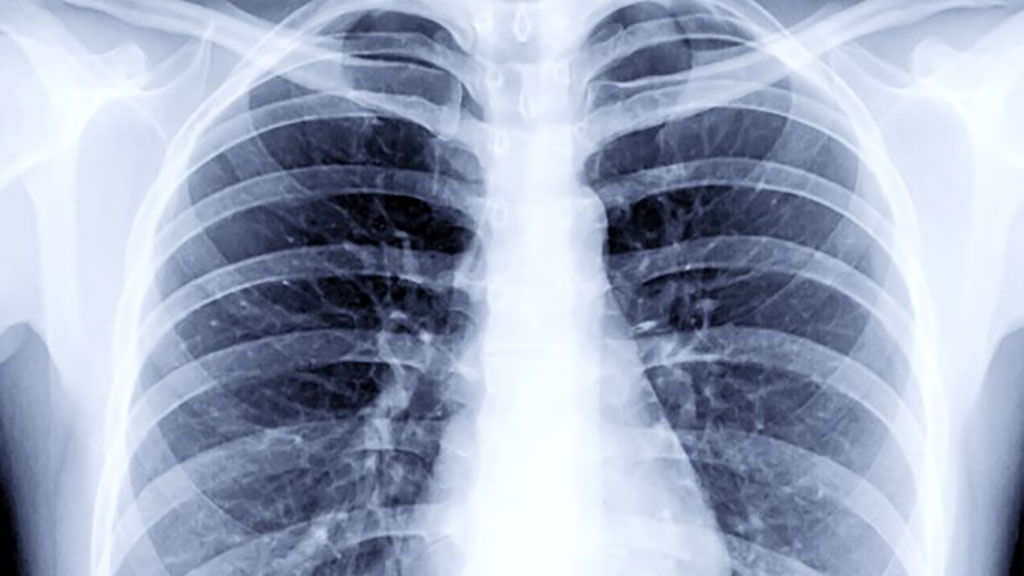Gene Variations Can Predict Radiation-Induced Toxicity Risk
|
By MedImaging International staff writers Posted on 04 Aug 2014 |
Key genetic variants may affect how cancer patients respond to radiation treatments, according to new research. Scientists discovered that differences in the TANC1 (tetratricopeptide repeat, ankyrin repeat and coiled-coil containing 1) gene are associated with a greater risk for radiation-fueled side effects in prostate cancer patients, which include impotence, diarrhea, and incontinence.
These findings, published July 2014 in Nature Genetics, are based on a genome-wide association study, a type of study in which researchers studied a variety of genetic variants to see if any of them are tied to a specific type of complication, which could sometimes appear years after treatment was completed.
“Our findings, which were replicated in two additional patient groups, represent a significant step towards developing personalized treatment plans for prostate cancer patients,” said Barry S. Rosenstein, PhD, professor, radiation oncology, genetics and genomic sciences, Icahn School of Medicine at Mount Sinai (New York, NY, USA), the lead Mount Sinai investigator on the study. “Within five years, through the use of a predictive genomic test that will be created using the data obtained in the recent study, it may be possible to optimize treatment for a large number of cancer patients.”
For the study, Dr. Rosenstein and his colleagues obtained blood samples from nearly 400 patients who were receiving radiotherapy treatment for prostate cancer. The blood samples were screened for roughly one million genetic markers, and each patient was monitored for at least two years to monitor incidents of side effects from the radiation. Data analysis revealed which genetic markers were consistently associated with the development of complications following radiotherapy.
“The next step is to validate the results, and see if the same markers predict similar outcomes in patients with other forms of cancer,” said Dr. Rosenstein. Using the genomic test being developed, treatment plans can be adjusted to curtail adverse effects thereby allowing for an improved quality life for many cancer survivors.
Related Links:
Icahn School of Medicine at Mount Sinai
These findings, published July 2014 in Nature Genetics, are based on a genome-wide association study, a type of study in which researchers studied a variety of genetic variants to see if any of them are tied to a specific type of complication, which could sometimes appear years after treatment was completed.
“Our findings, which were replicated in two additional patient groups, represent a significant step towards developing personalized treatment plans for prostate cancer patients,” said Barry S. Rosenstein, PhD, professor, radiation oncology, genetics and genomic sciences, Icahn School of Medicine at Mount Sinai (New York, NY, USA), the lead Mount Sinai investigator on the study. “Within five years, through the use of a predictive genomic test that will be created using the data obtained in the recent study, it may be possible to optimize treatment for a large number of cancer patients.”
For the study, Dr. Rosenstein and his colleagues obtained blood samples from nearly 400 patients who were receiving radiotherapy treatment for prostate cancer. The blood samples were screened for roughly one million genetic markers, and each patient was monitored for at least two years to monitor incidents of side effects from the radiation. Data analysis revealed which genetic markers were consistently associated with the development of complications following radiotherapy.
“The next step is to validate the results, and see if the same markers predict similar outcomes in patients with other forms of cancer,” said Dr. Rosenstein. Using the genomic test being developed, treatment plans can be adjusted to curtail adverse effects thereby allowing for an improved quality life for many cancer survivors.
Related Links:
Icahn School of Medicine at Mount Sinai
Latest Radiography News
- New AI Tool Helps Doctors Read Chest X‑Rays Better
- Wearable X-Ray Imaging Detecting Fabric to Provide On-The-Go Diagnostic Scanning
- AI Helps Radiologists Spot More Lesions in Mammograms
- AI Detects Fatty Liver Disease from Chest X-Rays
- AI Detects Hidden Heart Disease in Existing CT Chest Scans
- Ultra-Lightweight AI Model Runs Without GPU to Break Barriers in Lung Cancer Diagnosis
- AI Radiology Tool Identifies Life-Threatening Conditions in Milliseconds

- Machine Learning Algorithm Identifies Cardiovascular Risk from Routine Bone Density Scans
- AI Improves Early Detection of Interval Breast Cancers
- World's Largest Class Single Crystal Diamond Radiation Detector Opens New Possibilities for Diagnostic Imaging
- AI-Powered Imaging Technique Shows Promise in Evaluating Patients for PCI
- Higher Chest X-Ray Usage Catches Lung Cancer Earlier and Improves Survival
- AI-Powered Mammograms Predict Cardiovascular Risk
- Generative AI Model Significantly Reduces Chest X-Ray Reading Time
- AI-Powered Mammography Screening Boosts Cancer Detection in Single-Reader Settings
- Photon Counting Detectors Promise Fast Color X-Ray Images
Channels
MRI
view channel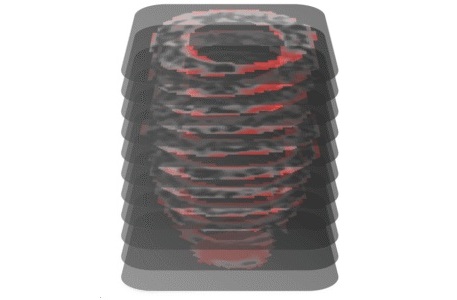
AI Model Outperforms Doctors at Identifying Patients Most At-Risk of Cardiac Arrest
Hypertrophic cardiomyopathy is one of the most common inherited heart conditions and a leading cause of sudden cardiac death in young individuals and athletes. While many patients live normal lives, some... Read more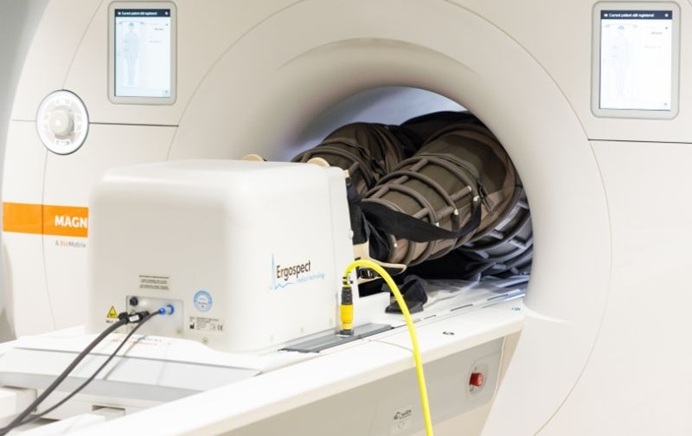
New MRI Technique Reveals Hidden Heart Issues
Traditional exercise stress tests conducted within an MRI machine require patients to lie flat, a position that artificially improves heart function by increasing stroke volume due to gravity-driven blood... Read moreUltrasound
view channel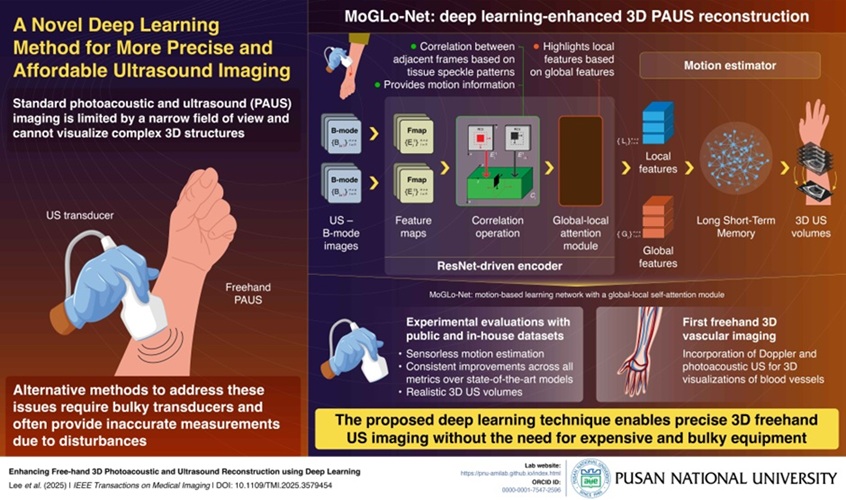
Breakthrough Deep Learning Model Enhances Handheld 3D Medical Imaging
Ultrasound imaging is a vital diagnostic technique used to visualize internal organs and tissues in real time and to guide procedures such as biopsies and injections. When paired with photoacoustic imaging... Read more
Pain-Free Breast Imaging System Performs One Minute Cancer Scan
Breast cancer is one of the leading causes of death for women worldwide, and early detection is key to improving outcomes. Traditional methods like mammograms and ultrasound have their limitations, particularly... Read moreNuclear Medicine
view channel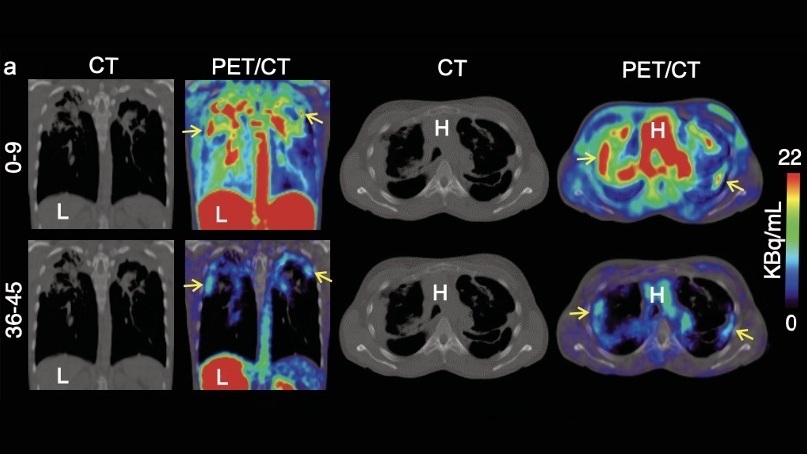
Novel Bacteria-Specific PET Imaging Approach Detects Hard-To-Diagnose Lung Infections
Mycobacteroides abscessus is a rapidly growing mycobacteria that primarily affects immunocompromised patients and those with underlying lung diseases, such as cystic fibrosis or chronic obstructive pulmonary... Read more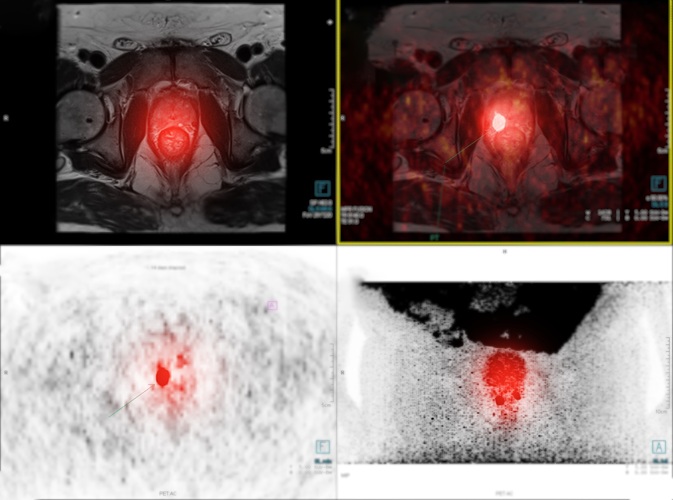
New Imaging Approach Could Reduce Need for Biopsies to Monitor Prostate Cancer
Prostate cancer is the second leading cause of cancer-related death among men in the United States. However, the majority of older men diagnosed with prostate cancer have slow-growing, low-risk forms of... Read moreGeneral/Advanced Imaging
view channel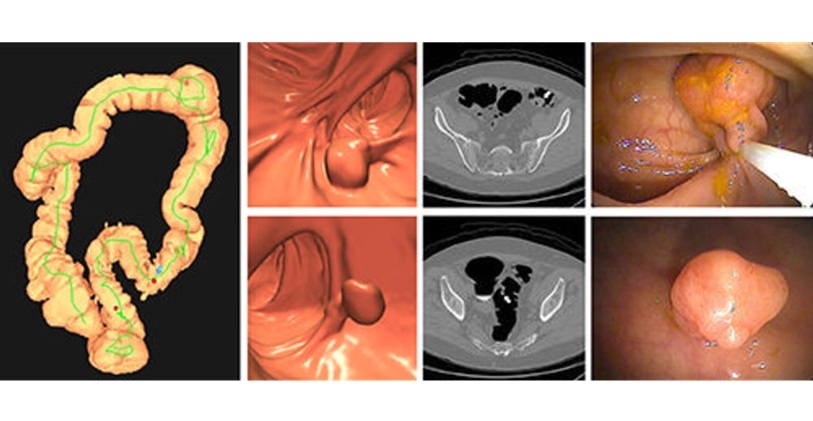
CT Colonography Beats Stool DNA Testing for Colon Cancer Screening
As colorectal cancer remains the second leading cause of cancer-related deaths worldwide, early detection through screening is vital to reduce advanced-stage treatments and associated costs.... Read more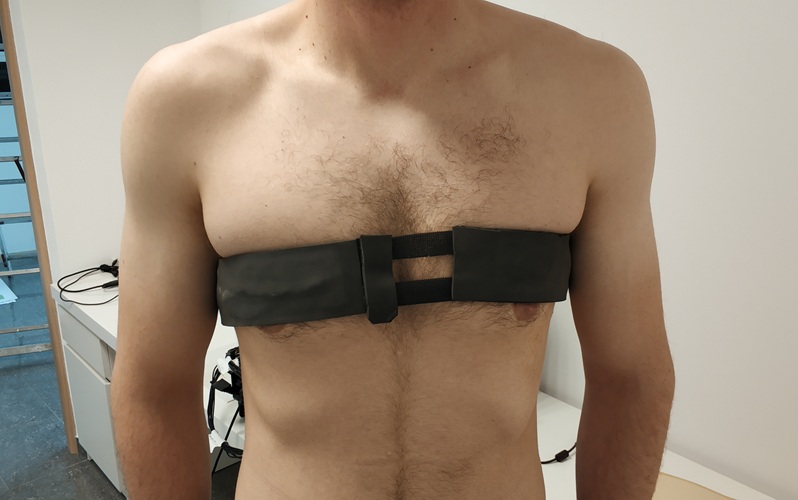
First-Of-Its-Kind Wearable Device Offers Revolutionary Alternative to CT Scans
Currently, patients with conditions such as heart failure, pneumonia, or respiratory distress often require multiple imaging procedures that are intermittent, disruptive, and involve high levels of radiation.... Read more
AI-Based CT Scan Analysis Predicts Early-Stage Kidney Damage Due to Cancer Treatments
Radioligand therapy, a form of targeted nuclear medicine, has recently gained attention for its potential in treating specific types of tumors. However, one of the potential side effects of this therapy... Read moreImaging IT
view channel
New Google Cloud Medical Imaging Suite Makes Imaging Healthcare Data More Accessible
Medical imaging is a critical tool used to diagnose patients, and there are billions of medical images scanned globally each year. Imaging data accounts for about 90% of all healthcare data1 and, until... Read more
Global AI in Medical Diagnostics Market to Be Driven by Demand for Image Recognition in Radiology
The global artificial intelligence (AI) in medical diagnostics market is expanding with early disease detection being one of its key applications and image recognition becoming a compelling consumer proposition... Read moreIndustry News
view channel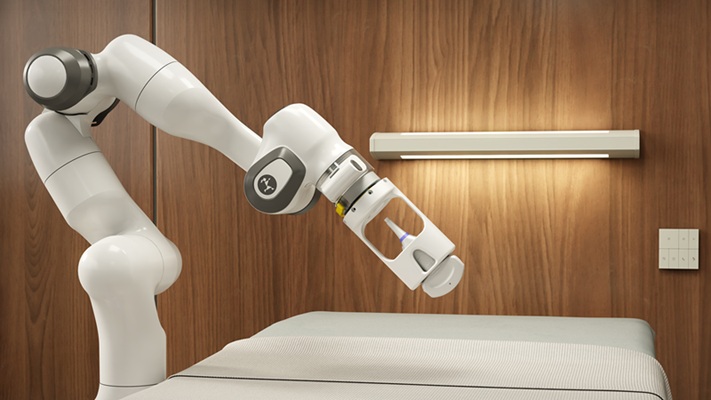
GE HealthCare and NVIDIA Collaboration to Reimagine Diagnostic Imaging
GE HealthCare (Chicago, IL, USA) has entered into a collaboration with NVIDIA (Santa Clara, CA, USA), expanding the existing relationship between the two companies to focus on pioneering innovation in... Read more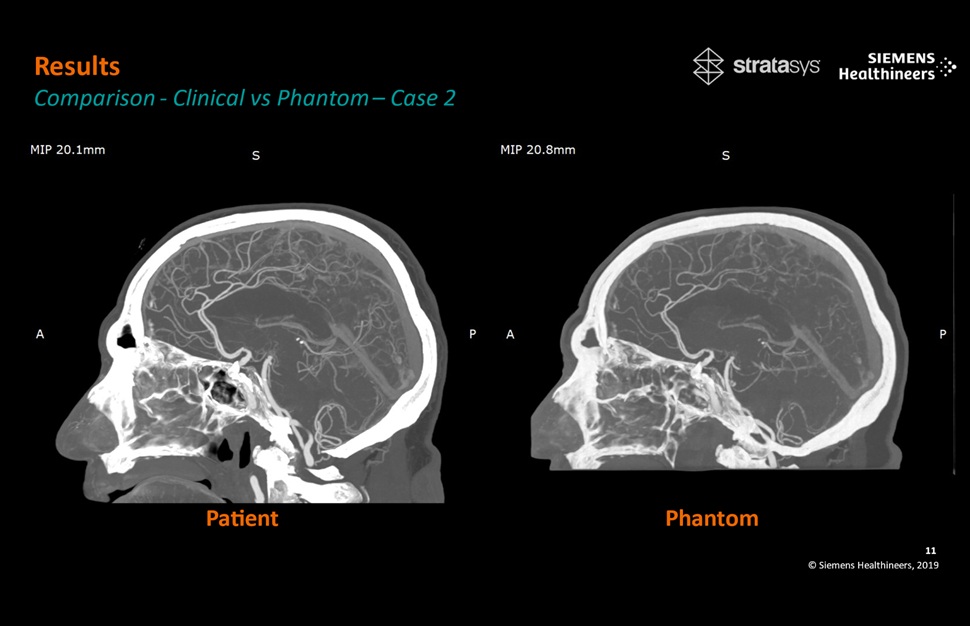
Patient-Specific 3D-Printed Phantoms Transform CT Imaging
New research has highlighted how anatomically precise, patient-specific 3D-printed phantoms are proving to be scalable, cost-effective, and efficient tools in the development of new CT scan algorithms... Read more
Siemens and Sectra Collaborate on Enhancing Radiology Workflows
Siemens Healthineers (Forchheim, Germany) and Sectra (Linköping, Sweden) have entered into a collaboration aimed at enhancing radiologists' diagnostic capabilities and, in turn, improving patient care... Read more